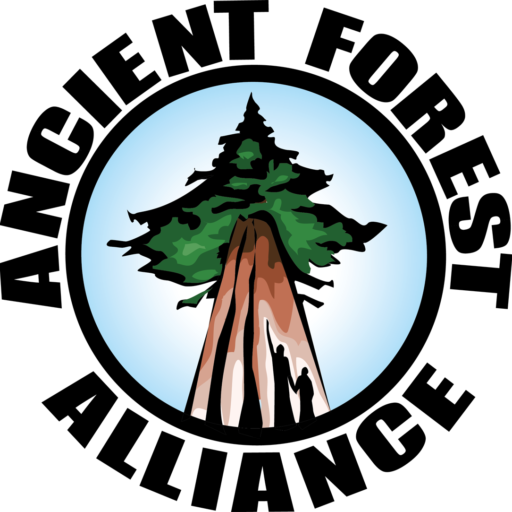The Nahmint Valley near Port Alberni in Hupacasath, Tseshaht, and Ucluelet territory has long been considered a high-priority area for conservation. Its towering old-growth forests are home to Roosevelt elk, black-tailed deer, cougars, wolves, and black bears, as well as old-growth-associated species like the Marbled Murrelet and northern goshawk. The area also supports significant salmon and steelhead spawning runs.
In May 2018, hundreds of hectares of the grandest old-growth forests in Canada were being logged at breakneck speeds here, including thousands of old-growth western redcedars – some 12 feet (4 meters) in diameter – and exceptionally large Douglas-firs. The 5th and 9th widest Douglas-fir trees in BC, according to the BC Big Tree Registry, have been found on expeditions to the area. While the Alberni Giant still stands and is protected, the 9th widest Douglas-fir was later cut down, sparking major public outcries and media coverage.
Logging in the Nahmint is planned and authorized by BC Timber Sales (BCTS), the BC government’s own logging agency, which has auctioned off over 300 hectares of these magnificent ancient forests in recent years. Ancient Forest Alliance (AFA) submitted a natural resource violation complaint to the Ministry of Forests in June 2018 under the suspicion that the logging violated the province’s own land-use regulations.
In May 2021, the Forest Practices Board finally released the results of their investigation, confirming that BCTS failed to adequately protect old-growth forests and biodiversity in the Nahmint Valley, thus revealing a shocking lack of accountability within the Ministry of Forests and providing further proof of the urgent need for sweeping, systemic changes to provincial forest policy.
In 2024, shocking images and videos of old-growth logging once again drew attention to the ongoing destruction of old-growth forests in the Nahmint Valley.
Take action by sending an instant message to protect old-growth forests.
Photos by TJ Watt, May 2018.
